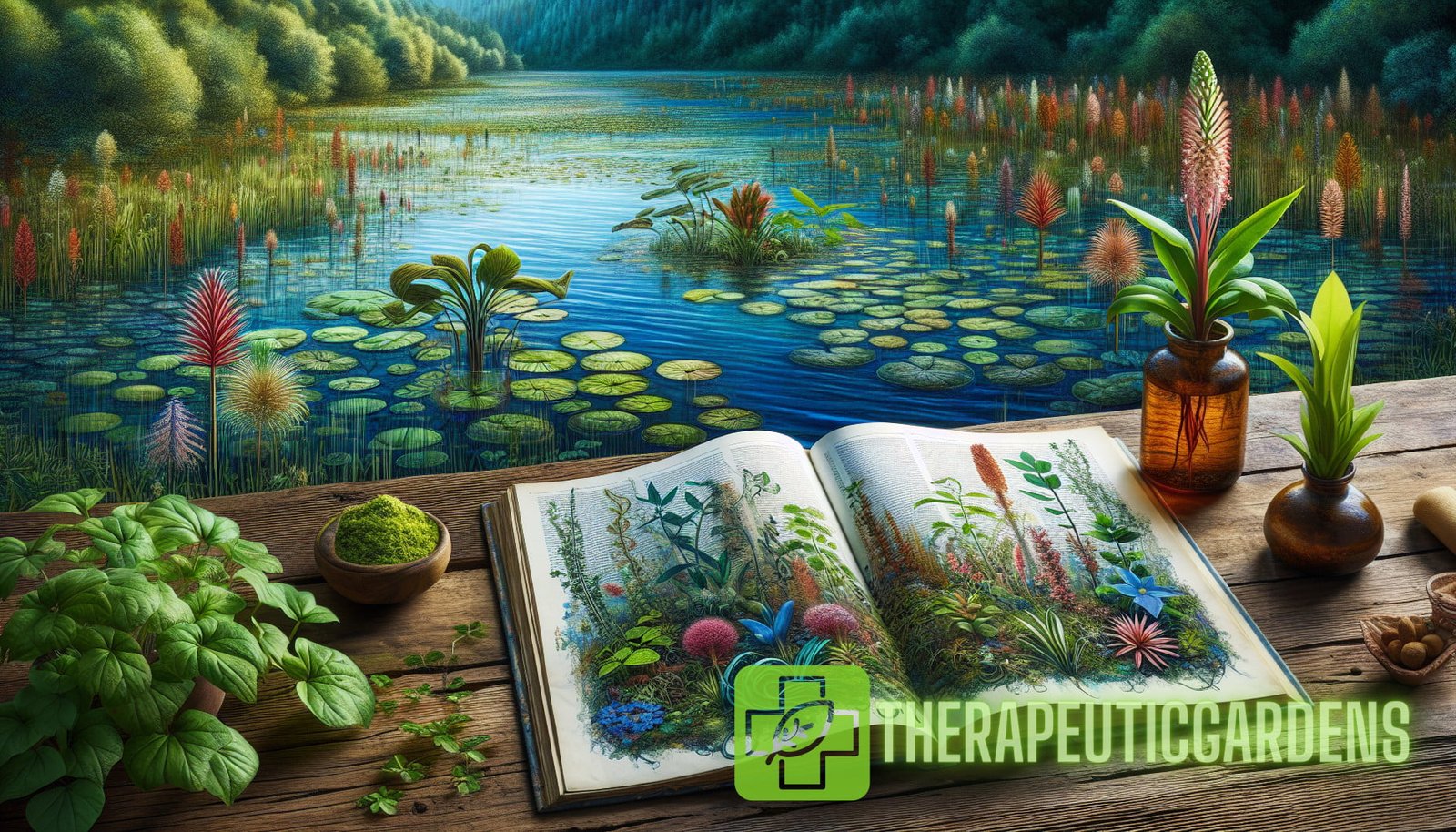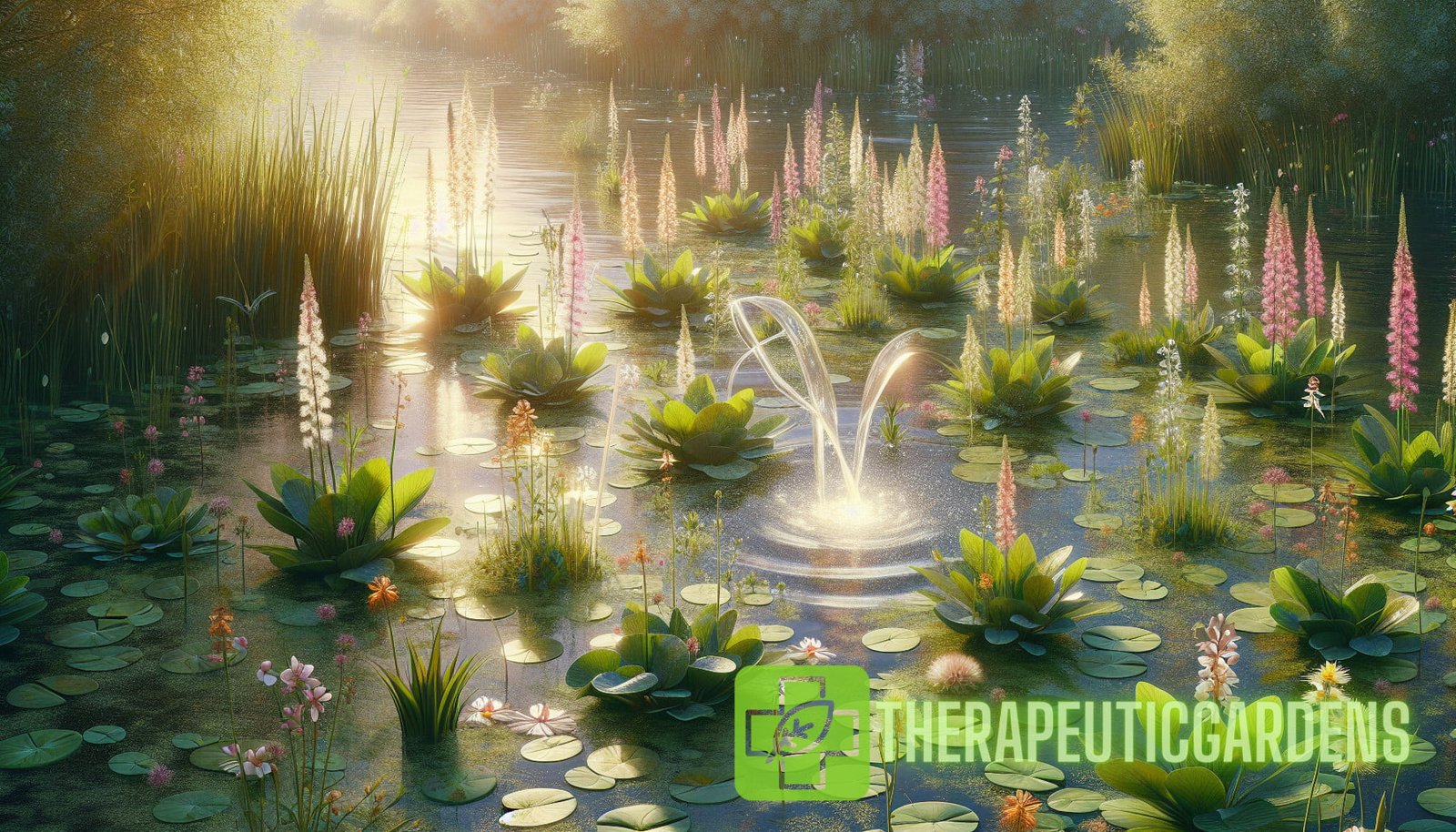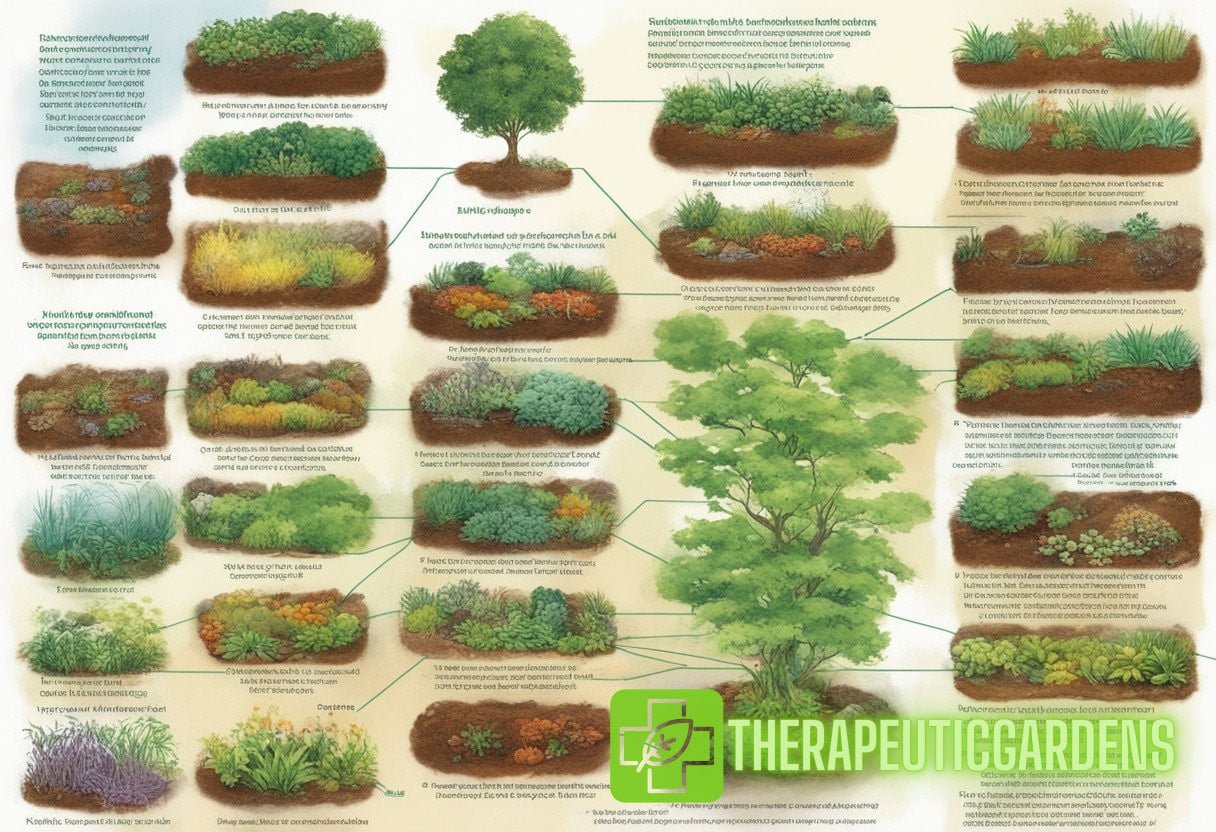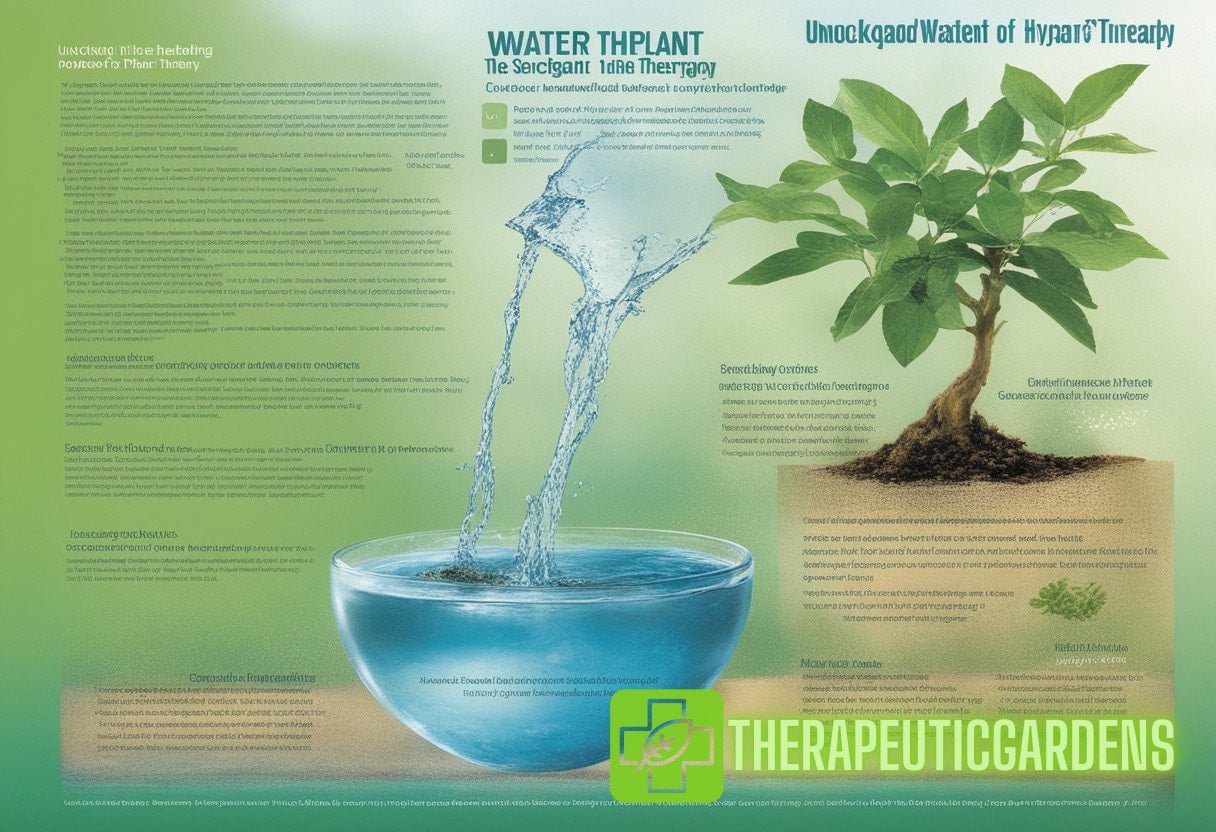Diving into the Aquatic Realm: Unveiling the Water-Based Therapeutic Plants and Their Evergreen Healing Potential
Aquatic therapy has been used for centuries as a natural way to promote healing and improve overall well-being. From soothing the mind to alleviating physical ailments, there is an abundance of water-based therapeutic plants that offer countless benefits to both mind and body. These plants have been known to possess unique healing properties that make them ideal for various therapeutic applications. In this article, we will explore the fascinating world of water-based therapeutic plants and uncover their evergreen healing potential.
The Benefits of Aquatic Therapy
Aquatic therapy, also known as water therapy, is a type of therapeutic treatment that utilizes water to promote healing, relaxation, and overall physical and mental well-being. The buoyancy of water reduces the weight-bearing stress on the body, allowing for easier movement and exercise. The hydrostatic pressure of water also provides gentle compression that can help with reducing inflammation and swelling.
Aquatic therapy has been proven to be effective in treating a wide range of conditions, including:
- Arthritis
- Fibromyalgia
- Chronic pain
- Post-surgical recovery
- Joint injuries and mobility issues
- Muscle tension and spasms
- Anxiety and stress
The combination of warm water and therapeutic plants enhances the healing benefits of aquatic therapy, leading to a more effective and enjoyable experience.
Exploring the Water-Based Therapeutic Plants
Water-based therapeutic plants thrive in aquatic environments and are known for their healing properties. These plants have adapted to survive and flourish in water, developing special features and compounds that make them valuable for therapeutic use. Let’s dive deeper into some of the most popular water-based therapeutic plants:
1. Water Lily (Nymphaea spp.)
The water lily is a stunning aquatic plant with floating leaves and vibrant flowers. It has been used for centuries in traditional medicine for its various healing properties. The water lily is known to have calming and sedative effects, making it ideal for reducing anxiety and promoting relaxation. It is often used in hydrotherapy treatments to soothe the mind and create a peaceful ambiance.
Internal link: A detailed article about the surprising health benefits of therapeutic plants.
2. Water Mint (Mentha aquatica)
Water mint is a fragrant water-based plant that is known for its refreshing aroma and therapeutic properties. It contains menthol, which has analgesic and cooling effects on the body. Water mint is often used in hydrotherapy treatments to relieve muscle pain, headaches, and migraines. Its invigorating scent also helps to clear the mind and improve focus.
3. Watercress (Nasturtium officinale)
Watercress is a nutrient-dense aquatic plant that is packed with vitamins, minerals, and antioxidants. It is commonly used in therapeutic diets for its anti-inflammatory properties and high levels of vitamin C. Watercress can help boost the immune system, aid in digestion, and promote healthy skin. It is often consumed as part of a well-balanced diet or used topically in skincare preparations.
4. Lotus (Nelumbo nucifera)
The lotus is a sacred water-based plant that has been revered for its beauty and therapeutic properties for thousands of years. It is known for its ability to purify water and improve overall well-being. Lotus flowers are often used in hydrotherapy treatments for their soothing effects on the skin and senses. The lotus has also been used in traditional medicine to treat digestive disorders, respiratory issues, and inflammation.

Internal link: A comprehensive guide on the top healing herbs for your own therapeutic garden.
5. Water Hyacinth (Eichhornia crassipes)
Water hyacinth is a floating aquatic plant that is known for its ability to remove toxins from water. It has been used in phytoremediation, a technique that uses plants to clean up contaminated water bodies. Water hyacinth is also rich in antioxidants and bioactive compounds that have anti-inflammatory and antibacterial properties. It can be used in hydrotherapy treatments to promote detoxification and improve skin health.
The Application of Aquatic Therapy with Therapeutic Plants
Aquatic therapy can be applied in various ways to incorporate the healing properties of water-based therapeutic plants. Some popular methods include:
1. Hydrotherapy Baths
Hydrotherapy baths involve immersing the body in warm water infused with therapeutic plants. This method allows for the therapeutic compounds of the plants to be absorbed through the skin, providing a range of healing benefits. Hydrotherapy baths can help relax muscles, reduce pain, and improve overall well-being.
2. Aromatherapy Showers
Aromatherapy showers combine the benefits of hydrotherapy and aromatherapy. The water is infused with essential oils derived from therapeutic plants, creating a soothing and fragrant shower experience. The combination of warm water, therapeutic plants, and aromatic scents can promote relaxation, alleviate stress, and uplift the mood.
3. Aquatic Exercise
Aquatic exercise involves performing various physical activities in water, utilizing the buoyancy and resistance of water to enhance the effectiveness of the workout. By integrating therapeutic plants into the water, the exercise session becomes even more beneficial for healing and overall well-being. Aquatic exercise can improve cardiovascular health, increase muscle strength, and promote weight loss.
4. Aquatic Massage
Aquatic massage combines the benefits of water therapy and massage therapy. The body is gently massaged and manipulated in warm water, promoting relaxation, pain relief, and improved circulation. By incorporating therapeutic plants, the massage experience is elevated, allowing for a deeper level of healing and rejuvenation.
The Future of Aquatic Therapy
The field of aquatic therapy continues to evolve as researchers and practitioners uncover new ways to utilize water-based therapeutic plants for healing purposes. Ongoing studies are exploring the potential of aquatic therapy in areas such as mental health, neurorehabilitation, and chronic pain management.
The therapeutic benefits of water-based plants are also being harnessed outside of traditional therapy settings. Therapeutic gardens, which incorporate water-based plants among other healing herbs and plants, have gained popularity as a way to promote relaxation, stress relief, and overall well-being.
With advancements in technology, the accessibility of aquatic therapy is also expanding. Home hydrotherapy systems and portable aquatic exercise equipment are becoming more readily available, allowing individuals to experience the benefits of aquatic therapy in the comfort of their own homes.
In conclusion, the use of water-based therapeutic plants in aquatic therapy offers a unique and effective approach to healing and well-being. Whether it’s through hydrotherapy baths, aromatherapy showers, aquatic exercise, or aquatic massage, the combination of water and therapeutic plants provides numerous benefits for the mind, body, and soul. As we continue to explore the potential of aquatic therapy, the healing power of water-based plants will undoubtedly play a significant role in promoting a healthier and happier society.



